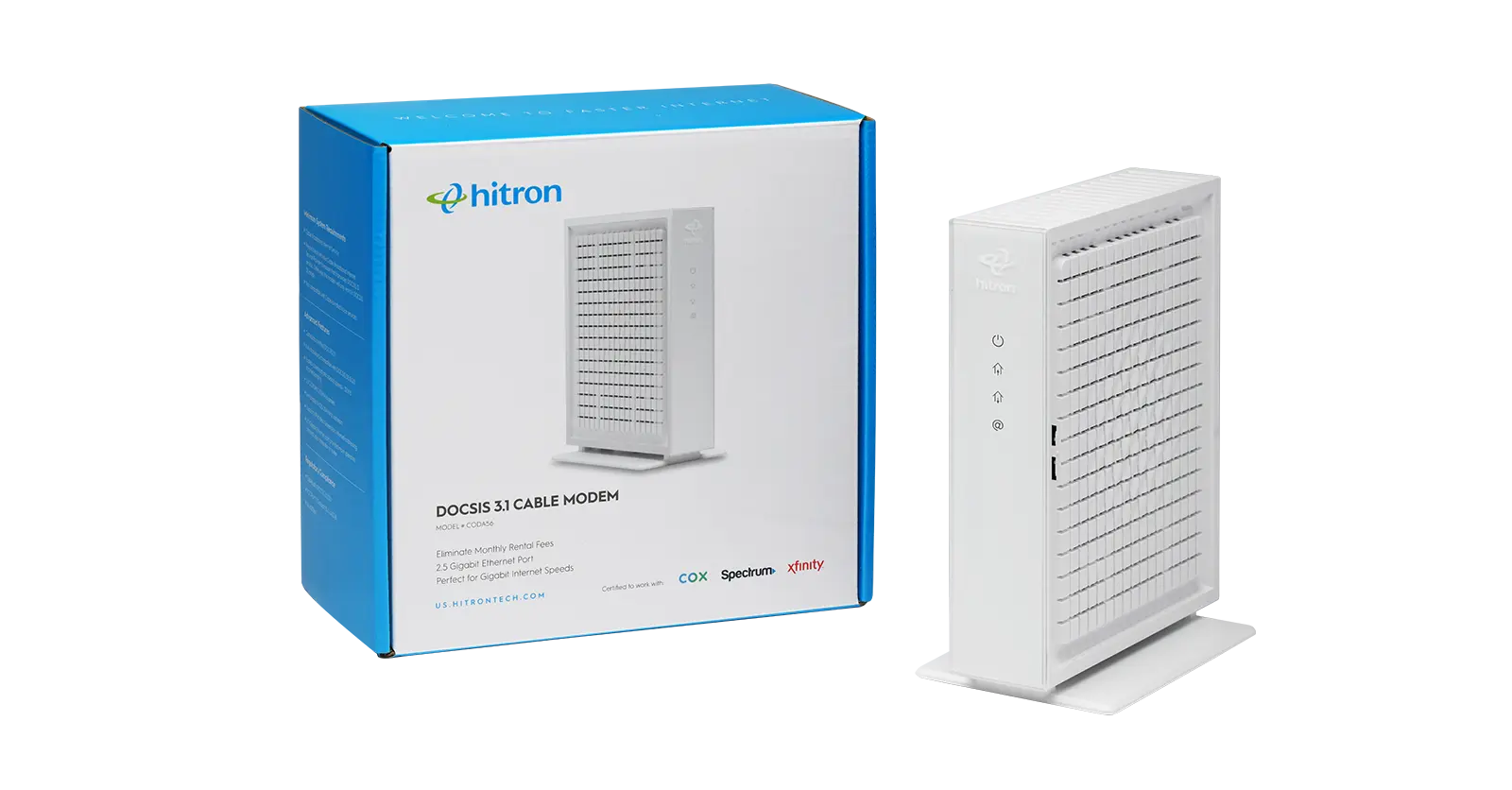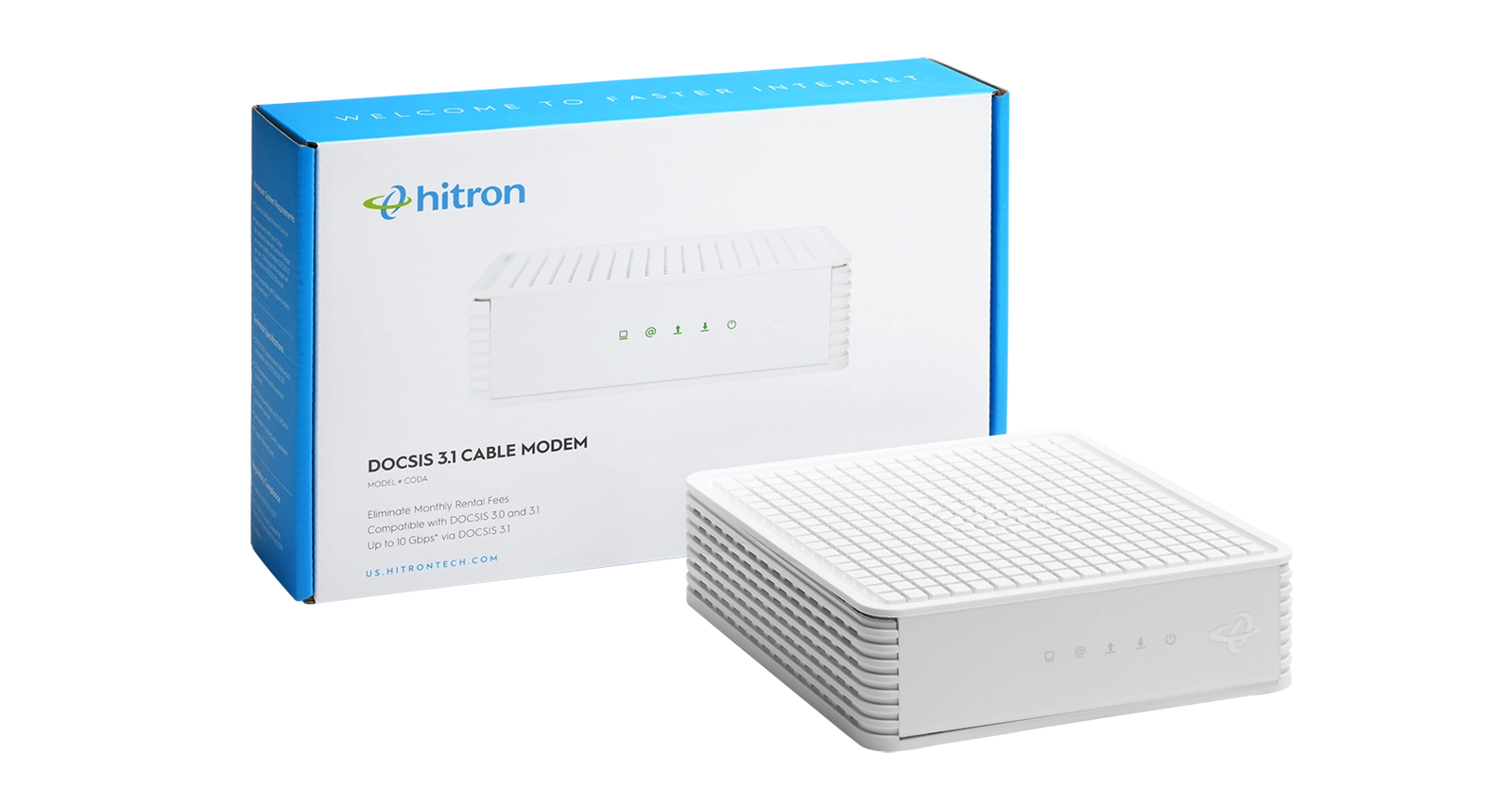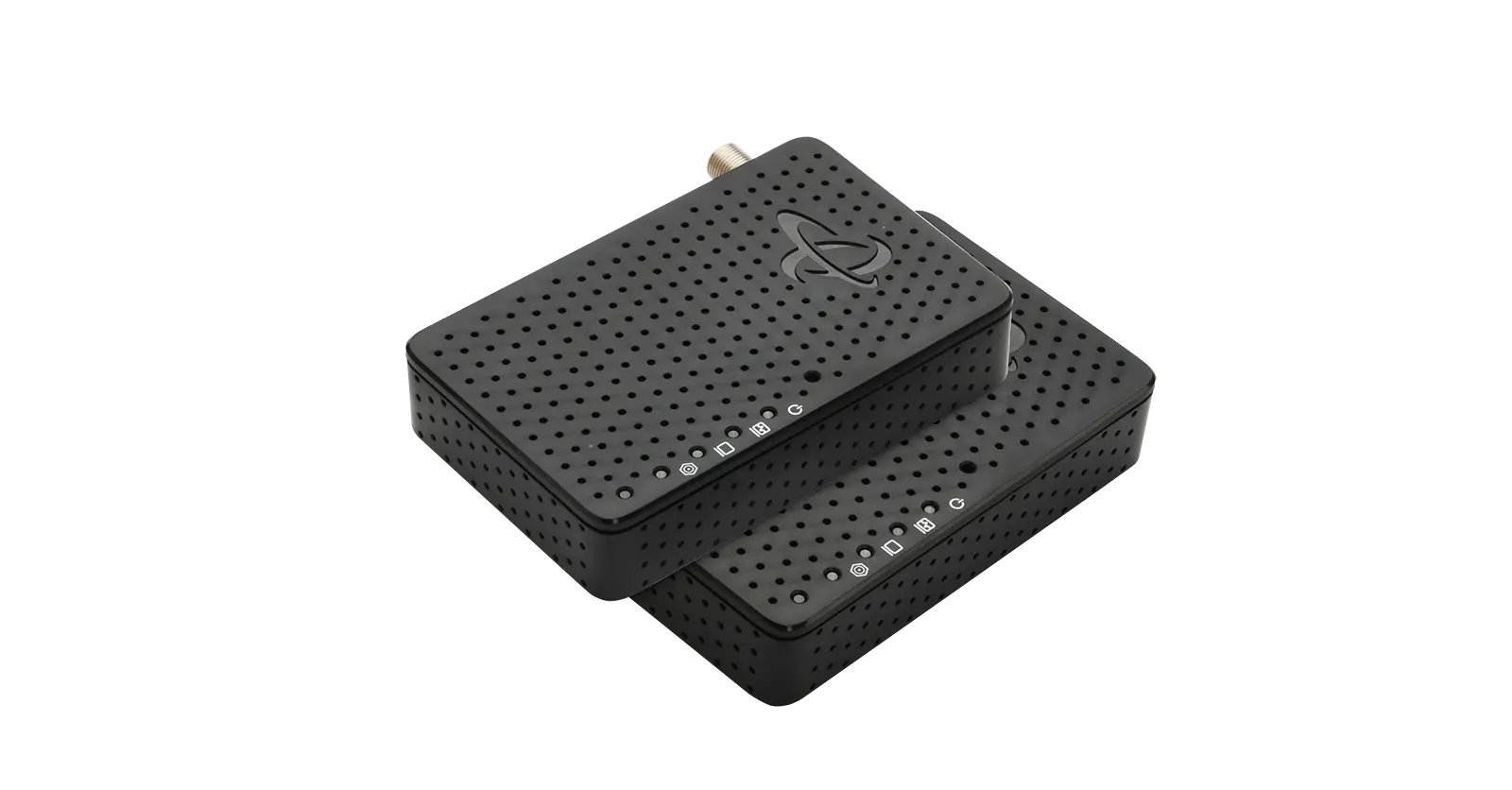What You’ll Learn
If you’re comparing EPON and GPON, you’re likely working with or exploring fiber-based Internet networks. This article breaks down the difference between the two technologies, how they work, and what matters most for ISPs and end-users. And if you’re on a cable network, we’ll also point you toward the right type of equipment.
What Is GPON?
GPON (Gigabit Passive Optical Network) is a fiber-optic access technology widely used by ISPs to deliver high-speed Internet. It uses a point-to-multipoint architecture that allows one optical fiber to serve multiple homes or businesses, with downstream speeds up to 2.5 Gbps and upstream speeds up to 1.25 Gbps.
GPON splits the fiber signal among users using passive optical splitters, making it highly efficient for delivering symmetrical or near-symmetrical services.
What Is EPON?
EPON (Ethernet Passive Optical Network) is another fiber technology that also uses a point-to-multipoint design. However, instead of using ATM or TDM like GPON, it’s based on Ethernet standards, making it easier to integrate with existing Ethernet networks.
EPON typically supports 1 Gbps symmetrical speeds and is more commonly adopted in regions where Ethernet is already dominant in the network infrastructure.
EPON vs GPON: What’s the Difference?
Feature
GPON
EPON
Which Is Better — EPON or GPON?
The answer depends on the use case. GPON is typically preferred by ISPs looking for higher capacity and greater efficiency, especially when planning for future scalability. EPON may be more cost-effective and easier to deploy where Ethernet infrastructure is already in place.
Ultimately, the decision comes down to:
- Deployment goals
- Existing network
- Scalability needs
- Regional availability
What If I Have Cable Internet Instead?
If you’re not using fiber and instead have Cable Internet, you won’t need a GPON or EPON solution. Instead, you’ll need a DOCSIS cable modem compatible with your Internet Service Provider.
Explore These Hitron Cable Modems:
These are ideal if you have Cable Internet service and want a high-performance, easy-to-install modem for your home network.
FAQs
Is GPON faster than EPON?
Yes. GPON supports up to 2.5 Gbps downstream and 1.25 Gbps upstream, while EPON is typically 1 Gbps symmetrical.
Is GPON better than EPON?
GPON is more efficient and has better bandwidth utilization, making it the preferred choice for many ISPs. EPON may be better suited for cost-sensitive deployments.
Can I use a GPON modem at home?
Only if your ISP provides fiber Internet service using GPON. These devices are typically installed and configured by the provider.
Is a cable modem the same as GPON or EPON?
No. Cable modems use DOCSIS technology over coaxial networks, while GPON and EPON are used in fiber networks.
What modem should I get if I have Cable Internet?
If you have Cable Internet, choose a DOCSIS 3.1 modem like Hitron’s CODA or CODA56 for faster speeds and ISP compatibility.
Final Thoughts: Choose the Right Technology for Your Network
If you’re an ISP (Internet Service Provider) exploring GPON vs EPON, the decision hinges on bandwidth needs, cost, and existing infrastructure. For consumers using Cable Internet, fiber technologies like GPON won’t apply — what you need is a reliable DOCSIS modem.


